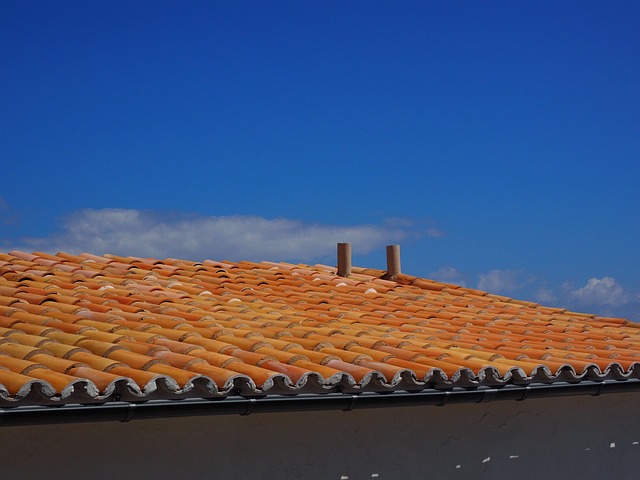As a roofing expert, I can tell you that flat roofs have been around for centuries, and they’re still a popular option for modern buildings. However, like any other roofing type, they have their drawbacks, and in this article, I’ll discuss the weaknesses of flat roofs.
What Is The Weakness Of Flat Roof?
The main weaknesses of flat roofs are that they can be more prone to structural damage from water pooling and leaks, can be more susceptible to high winds and extreme weather conditions, and can require more frequent maintenance including regular inspections for any signs of damage or deterioration.
Overview Weakness Of Flat Roof
Flat roof construction is a popular roofing option because of its affordability and ease of installation. However, it can also come with some drawbacks. Flat roofs tend to be more prone to problems such as drainage issues, water infiltration, and shifts in temperature. Structure-wise, flat roofs are weaker than sloped roofs because they do not have the added strength of gravity pulling down on them. Additionally, flat roofs are more prone to leaks because they are almost entirely flat and do not have any water runoff like a sloped roof. Flat roofs require more preventative maintenance than sloped roofs, as minor issues can quickly cause long-term damage to the roof. Flat roofs also require the correct drainage systems to ensure water does not pool on the roof and cause further damage or leakage.
1. The Biggest Drawback Of Flat Roofs Is The Drainage Or Lack Thereof
One of the biggest weaknesses of flat roofs is their lack of proper drainage. Unlike sloped roofs, which use gravity to direct water away from the roof, flat roofs rely on a complex drainage system to keep water from pooling on the surface. When water doesn’t drain off the roof, it can cause a multitude of problems, such as leaks, rot, and mold growth.
2. Puddle Formation Is A Major Issue
Puddles are a common occurrence on flat roofs, and they can be a real headache for property owners. When water pools on a flat roof, it can seep into cracks and other vulnerable areas, causing damage to the roof’s structure and integrity. Puddles can also lead to algae and mold growth, which can make the roof slippery and dangerous to walk on.
3. What Happens If A Roof Is Too Flat?
Another weakness of flat roofs is that they can be too flat. If a flat roof isn’t properly sloped, water won’t drain off the surface, and it will remain stagnant. This can lead to the formation of puddles, as mentioned earlier, and it can also cause damage to the roof’s membrane. A roof that’s too flat can also put additional stress on the roof’s support structure, which can lead to stability issues.
4. Stability Issues
Flat roofs are known to have stability issues, especially if they are not constructed properly. The lack of slope means that the weight of the roof is spread out over a larger surface area, which can put additional stress on the building’s support structure. If the roof’s support structure is not strong enough to bear the weight of the roof, it can lead to structural damage, collapse, or even injury to people inside the building.
5. Frequent Snow Removal In Winter
Flat roofs are also more susceptible to damage caused by heavy snowfall in the winter. Snow accumulation on a flat roof can put a lot of weight on the roof, and if it’s not removed promptly, it can lead to structural damage. Property owners with flat roofs need to be vigilant during the winter months and should make sure to remove snow as soon as possible.
6. Lack Of Style
Flat roofs are not known for their aesthetic appeal, and they are often seen as utilitarian or industrial in appearance. This can be a disadvantage for property owners who are looking for a more stylish or visually appealing roof for their building. While flat roofs can be covered with a variety of materials, such as asphalt or rubber, they still lack the charm and character of more traditional roofing styles.
7. Very Fragile & Unable To Bear A Huge Load
Finally, flat roofs are very fragile and unable to bear a huge load. Unlike sloped roofs, which are designed to bear the weight of heavy objects, flat roofs are not constructed to handle heavy loads. This means that property owners with flat roofs need to be cautious about placing heavy objects on their roofs, such as HVAC units or large signs. If the roof is not designed to bear the weight of these objects, it can lead to structural damage or even collapse.









